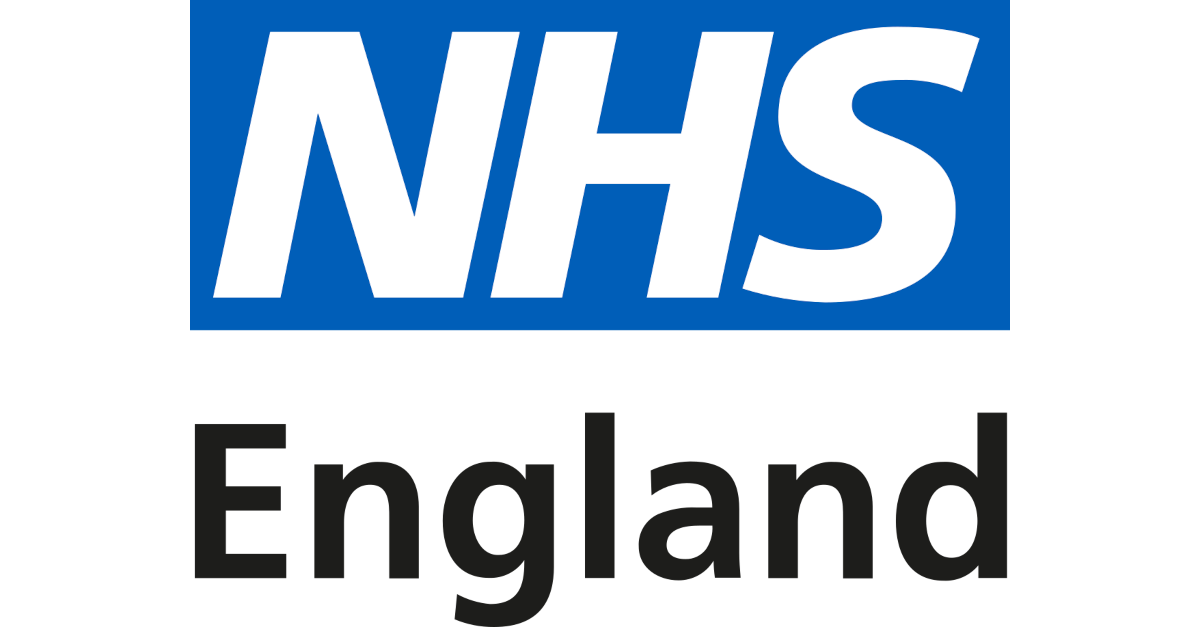The NHS is providing advanced eye scans closer to home for tens of thousands of people with diabetes which could save up to 120,000 hospital appointments a year and help prevent life-changing sight loss.
People with diabetes can develop a condition known as diabetic retinopathy, which is caused by high blood sugar levels damaging the back of the eye (retina). It can cause blindness if left undiagnosed and untreated but regular eye screening appointments can pick up problems early on.
The rollout of optical coherence tomography (OCT) scans means around 60,000 people with diabetes can receive advanced screening outside a traditional hospital setting, such as some larger GP practices, community hospitals or mobile vans across the country, which will save hundreds of thousands of appointments, freeing up hospital care for people who need it most.
The move comes as part of an NHS England drive to boost productivity and provide the best patient care while driving maximum value for taxpayer, with figures showing new initiatives have helped the NHS save £2 billion in the first five months of this financial year to be reinvested for patients.
Around four million people are currently registered with the NHS Diabetic Eye Screening Programme, and 3.3 million have routine digital screening every one or two years. It is expected around 60,000 people who are already showing signs of eye disease will take part in OCT screening, which is offered to people at higher risk of diabetic retinopathy.
OCT uses light waves to take more than 1,000 images of your eye, from the retina to the optic nerve to create a detailed 3D image that gives more accurate results than standard cameras. The scans detect changes to the eye that don’t show up in colour photography, such as a thickening of the retina.
Mike Cypher, 56, from Cheltenham, was diagnosed with diabetes in 1980, aged 12 and has regular eye screening, he said: “It’s massively important that everyone offered diabetic eye screening has access to OCT technology. An OCT scan showed quite a major bleed in one of my eyes that could have badly affected my eyesight. I had laser treatment but if I hadn’t attended my routine appointments and had the treatment, my ophthalmologist told me my eyesight could have been irreparably damaged within a short space of time. So, if you’re offered screening, don’t hesitate to attend your appointment. OCT really could save your eyesight, as it’s done for me.”
Previously under a third of services were offering OCT, and not equitably in all parts of the country. NHS staff are now being trained in OCT screening, and all eye care services are expected to be using the technology by next October.
Ophthalmology is one of the busiest outpatient specialities in secondary care and makes up almost one tenth (8%) of the entire waiting list, with more than 500,000 ophthalmology operations every year and more than 7.5 million outpatient appointments.
It is estimated that 120,000 hospital ophthalmology appointments are set to be saved through OCT, once rolled out across the country, helping ease hospital backlogs and it is expected the number of hospital appointments saved will continue to rise.
Steve Russell, NHS National Director for Vaccinations and Screening, said: “It’s fantastic news that these advanced eye scans will be available closer to home for thousands of people with diabetes across the country.
“This technology will help us find and treat diabetic eye conditions early, helping minimise and prevent sight loss, and it also means that thousands of appointments in traditional hospital settings could be saved, which is great news for the NHS.”
Minister of State for Care, Stephen Kinnock, said: “This is a great example of a small change that can make a big difference, giving diabetes patients more reassurance and freeing up thousands of hospital appointments.
“Through our 10 Year Health Plan, we will shift care out of hospitals and into the community, easing pressure on our A&Es and enabling patients to get help closer to home. These fundamental reforms mean we will build an NHS that is fit for the future and delivering for all patients.”


